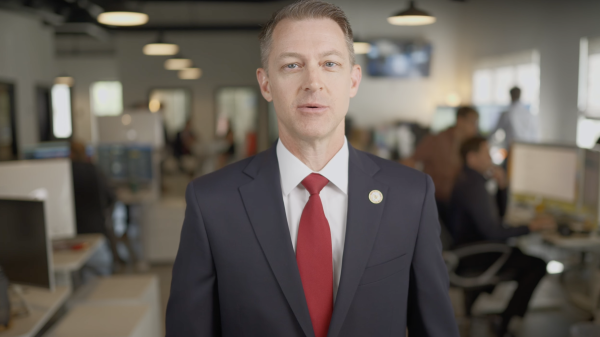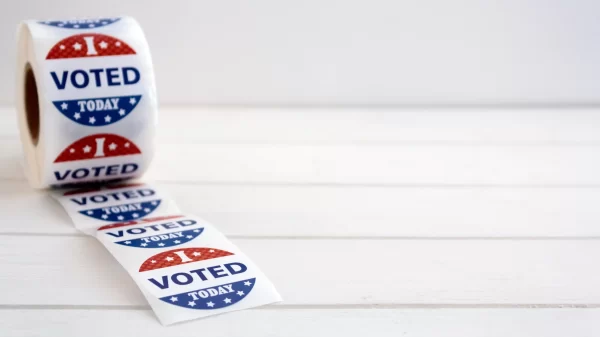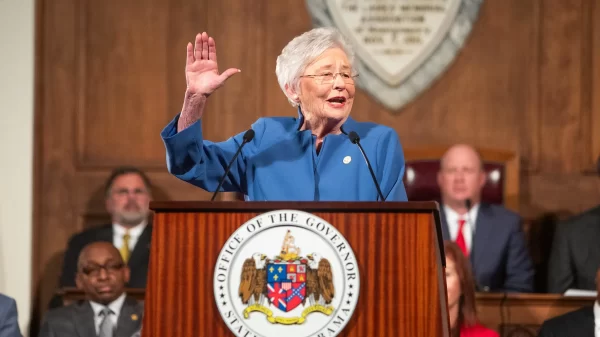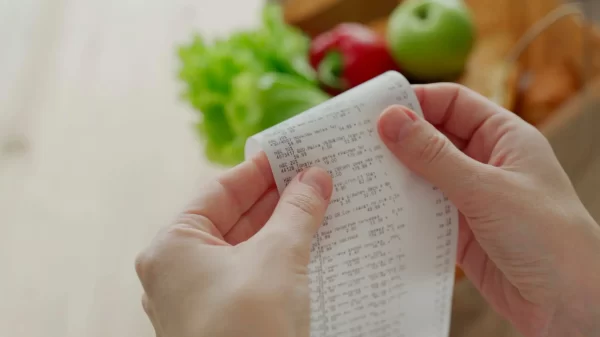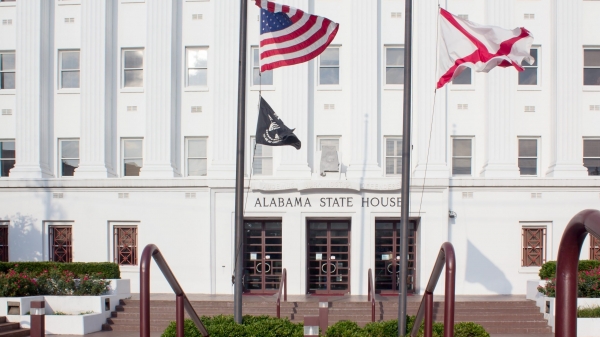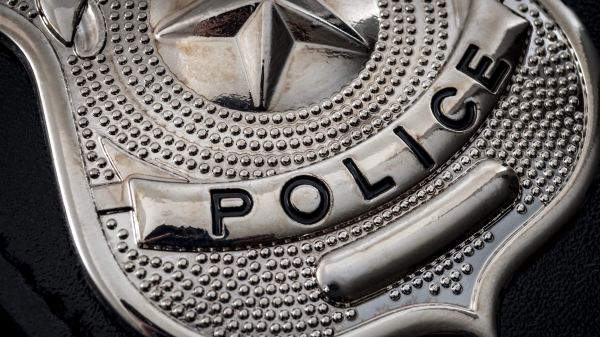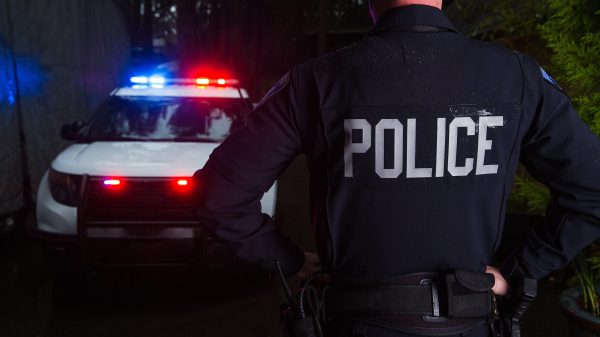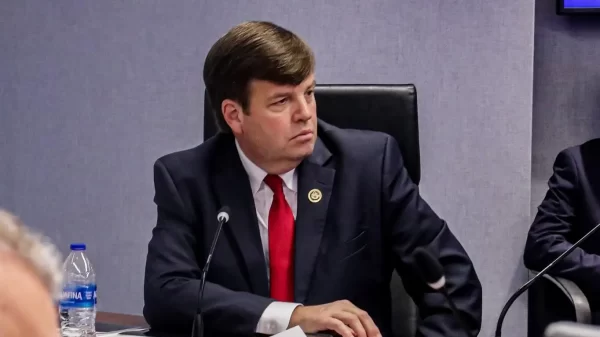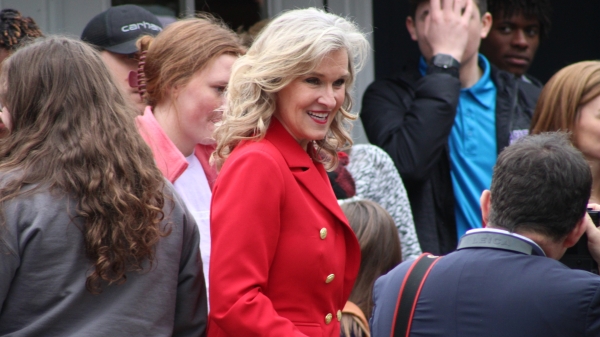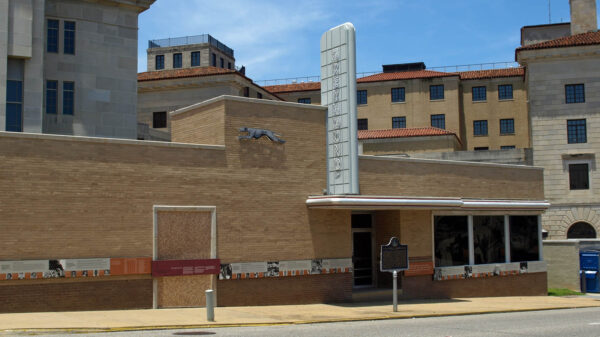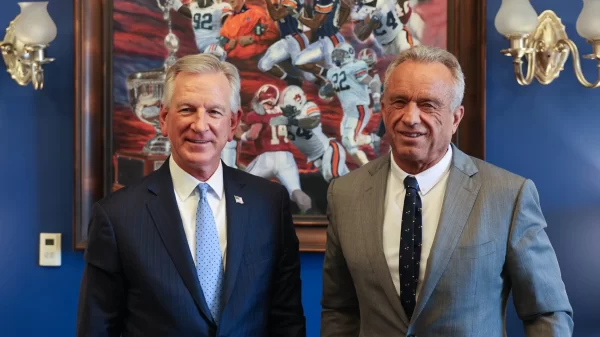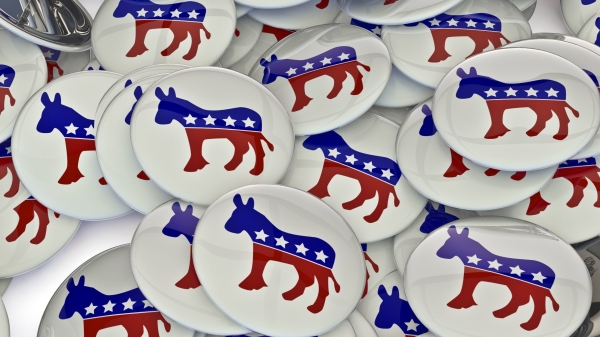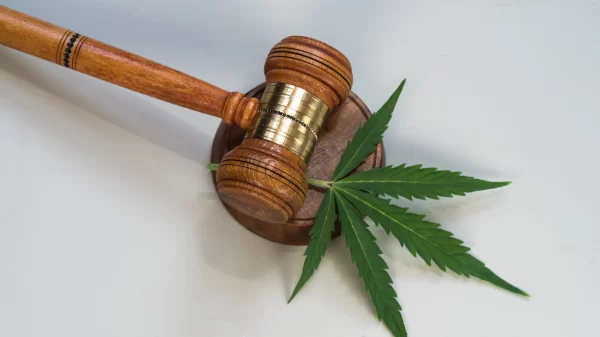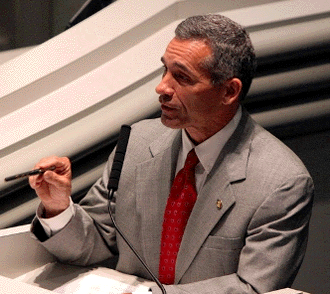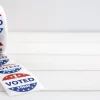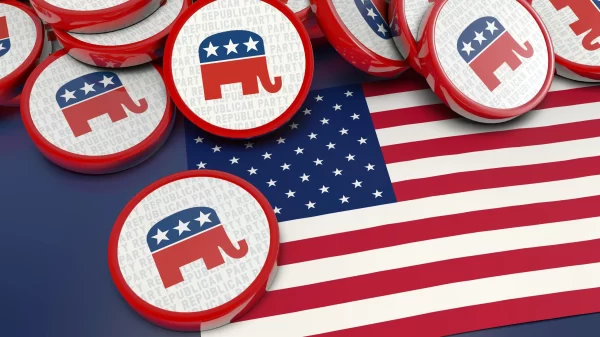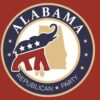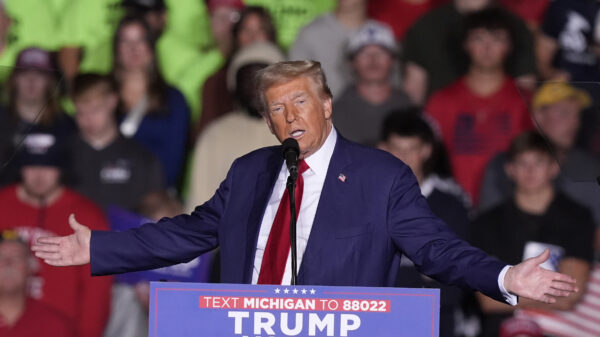By Bill Britt
Alabama Political Reporter
MONTGOMERY—In 2010, then Gov. Bob Riley was the overseer of a Special Session of the newly elected GOP Supermajority, to enact ethics and campaign finance reforms. One of the central acts was to ban PAC-to-PAC transfers — a law that Riley immediately violated.
Since the passage of those campaign finance reforms, the leadership of the Republican Supermajority has looked for new ways to skirt or amend the laws they passed in 2010.
An example is SB 446, sponsored by Senate President President Pro Tem Del Marsh (R-Anniston). If enacted, this bill would reinstate campaign cash transfers within the political party. Under SB446, which had its first reading on March 6, “State political party may contribute to a local affiliate or subset of the political party. The local affiliates and subsets may also contribute to other local party affiliates and subsets and to the State party.”
This bill raises many questions, most notably, “What is a subset?”
The definition of a subset in math or science is clear, but as to what connotes the subset of a political party could be open to a variety of opinions.
Ed Packard, Division Director of the Secretary of State’s Elections Division said, “This is the first time I have ever heard that [subset] used in this context.” However, he said it was most likely referring to groups “ …like County Republican Women or Republican Women, executive committees, the county Republican Club or Democrat Club.” Packard says that from the language, he believes they mean groups that were formally affiliated or associated with the State or local parties.
He does rule out that this is a way to pass money to an individual candidate, but is not as certain how this might effect 501(c) (4)s who may be tangentially a part of the party establishment.
“The PAC-to-PAC ban does apply to some Federal groups like the 527 groups, so it is possible that a 501(c)(4) caucus, assuming that there is not a caucus exemption, that could be considered a “subset,””said Packard. But, he says he believes it is more clearly aimed at more direct member groups.
What is clear from this rather obscure language is that the ALGOP could give money to a County Party, who could in turn give that cash to the local women’s conference, who could then could move funds to the young republicans and on and on. This could all be transacted in reverse as well.
It may also be allowable for non-profits like the Alabama Republican House Conference, at 501(c) (4), which has recently been in the news, to be considered a subset.
This all leaves the voter without a clear money trail of who gave the contributions and who might be seeking to influence a particular race.
Marsh’s bill SB446 appears to break the spirit and intent of the original promise of ending PAC-to-PAC transfers. The bill doesn’t clearly define party, “subset” or “affiliates” leaving a wide chasm of interpretations and according to Packard, the wording should be more clearly defined.
If Marsh or the legislators do not call for a clearer meaning to SB446, then it will fall — in the future — to an Attorney General for an opinion.
For now, the bill reads “allow a State political party to contribute to local party affiliates and subsets and allow the local affiliates and subsets to make contributions to other local party affiliates and subsets, and to the State party,” looks to muddy the waters in such a way as to disguise and confuse where the fund originated.
Marsh and the Republicans promised to end the practice, of PAC-to-PAC transfers only to sponsor a bill like SB446, which could be interpreted as their backdoor reinstatement.

